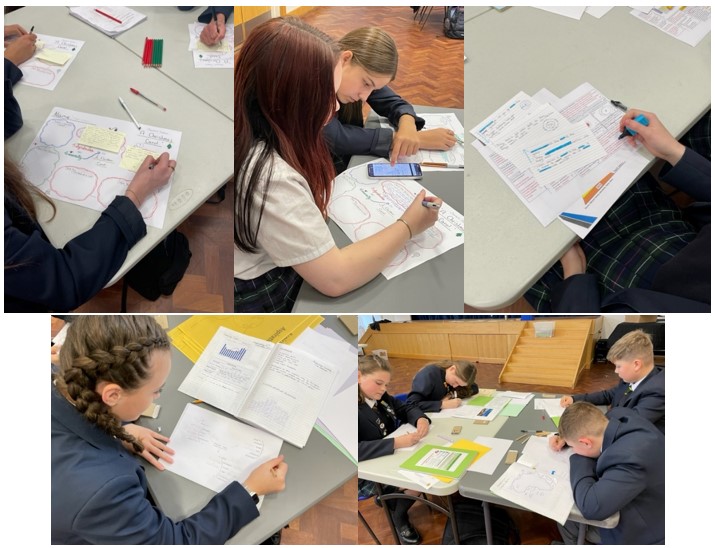January / February 2024 Blog
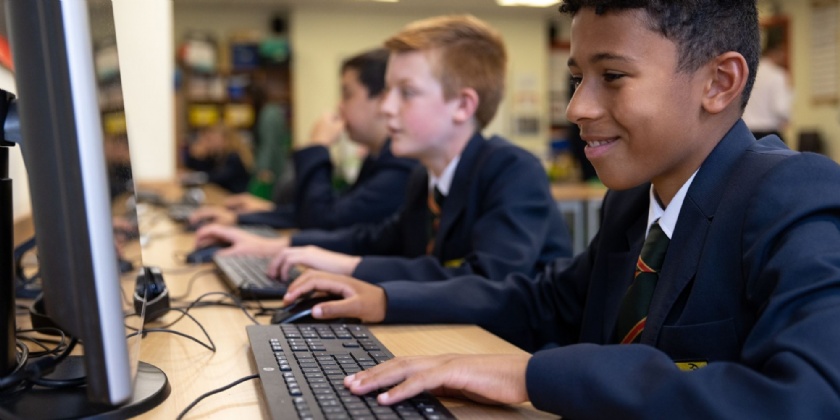
This time last year I wrote about our newly implemented Developing Blended Learners Programme (DBLP). The purpose behind the programme is to instruct our students on how to become confident independent learners, blending the knowledge and skills from the classroom learning with their own additional study at home. I would like to use the January/February blog this year to update you on the successes of last academic year and the developments we have undertaken subsequently.
A lot of the research for our programme came from “The Revision Revolution” by Helen Howell and Ross Morrison McGill. The book discusses that students should be taught explicit study skills from Year 7, making revision enjoyable, and embedding learning to help students grow into knowledgeable and informed young adults. The book provides a detailed guide on how to start and sustain a revision revolution in a school like Crookhorn, so a culture of effective study is built that flows through all aspects of College life.
The Neuroscience Theory!
In developing the programme, we considered the neuroscience of brain development and its implications for effective study practices. Here are some key points - they might look really complicated, but actually each one broken down help to explain the role they play in effective study:
- Neuroplasticity: The brain is remarkably adaptable. Neuroplasticity refers to the brain’s ability to reorganise itself by forming new neural connections throughout life. This concept underscores the importance of consistent practice and repetition in learning. In other words, the more we practice something, the stronger that pathway becomes in the brain. As teachers, when we plan our curriculum, we plan in plenty of practice time for new learning, and we are getting better and better at doing this. In science, for example, students will have the chance to practice with previous learning, through the ‘Blast from the Past’ exercises.
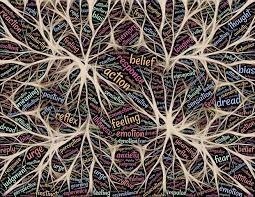
- Growth Mindset: Howell and McGill emphasise fostering a growth mindset amongst students. This is when learners ‘believe’ that their abilities can be developed through dedication and hard work, they are more likely to embrace challenges and try hard. Our whole learning philosophy of OPEN MIND is built around this and helping students see that they can take control of their own learning often through a positive mindset, taking up opportunities, never giving up and understanding that making mistakes is the best way to learn!
- Memory Formation: Understanding how memory works is crucial. The authors of the Revision Revolution use techniques such as spaced repetition and dual coding. Spaced repetition requires a learner to revisit learning several times. The recommended number of times to recap on a piece of learning is up to 7 times. 3 or 4 of these times will be covered during lesson time, but a student also needs to revisit the learning at home as well - which is the purpose of revision. Dual coding is where a student uses images to help remember a key piece of information. People think in images and not words, so to have an image to prompt memory on a piece of learning is really effective.
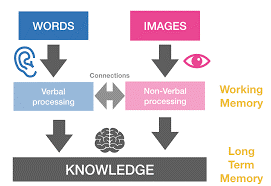
- Sleep and Consolidation: Sleep plays a vital role in consolidating memories. During deep sleep, the brain processes and strengthens information learned during the day. This is crucially when information gets transferred to the long-term memory freeing up the working memory for the next day. If a child does not get enough sleep, they will struggle to process any new learning the next day as the working memory is already overloaded. This can lead to a child feeling stressed or emotional, which will impact the effectiveness of the working memory further. Encouraging healthy sleep habits is therefore essential for effective study.
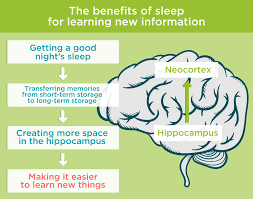
- Stress and Learning: Any form of stress can negatively impact learning. It is therefore important to try and create a low-stress environment for students. If the home is a very busy and noisy place, this can make it difficult for a child to find the space where they are calm enough to learn. This is why Crookhorn runs Study Club - so that any child can learn or complete Homework quietly in a supervised space after school - leaving the home environment to be what it is meant to be - a home environment! Hunger can also impact the effectiveness of learning.
- Metacognition: Thinking about how you learn best and recognising successful strategies. Students who reflect on their learning process and can see that a particular method or technique helped them remember something really well is the meta cognitive process. We encourage students to understand this process through the metacognition work we do in our tutor time programme with all year groups.
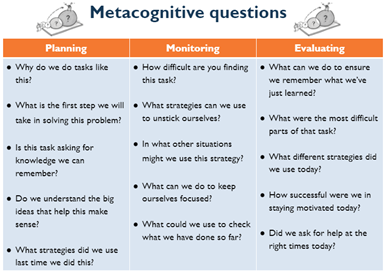
Effective Study Techniques we teach at Crookhorn
By understanding more of the neuroscience, we have been able to concentrate our promotion of effective study on two specific techniques.
Our DBLP specifically teaches these techniques through bespoke group sessions set out across the five-year groups. Individual subjects then take these techniques to develop the student’s skills further.
Our chosen techniques are:
- Cue cards (flash cards) It helps students to revisit learning and prioritise essential bits of knowledge to then record on the flash card. They can then revisit this flashcard with the key knowledge on it many times which we know from the neuroscience, is a key way of moving knowledge securely to the long-term memory.
- Students can create cards with questions on one side and answers on the other. They can then test themselves by trying to recall the answer before flipping the card over.
- By practising recalling information and prioritising key points to put on the card, students are processing the learning information again, making these neural pathways stronger. This will improve their retention of information.
- Mind mapping is a study technique that can help students to organise their thoughts and ideas in a visual way.
- Mind mapping involves creating a diagram that connects different ideas or concepts together using branches and sub-branches. Mind maps can be used to summarise information or plan essays.
- Mind mapping relies on the use of colour and dual coding and, again, as we know from the neuro science, both of these are very helpful ways of securing key knowledge in the long term memory.
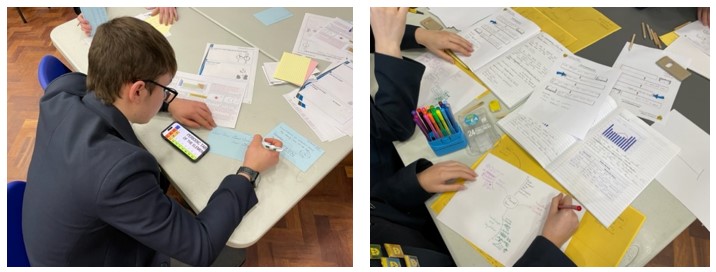
Our DBLP covers these techniques across multiple Year groups:
| Technique | Year group | Notes |
|---|---|---|
| Cue Cards | Year 7 – working with key words and facts (with History focus) |
Students are taught to use their books to find the information needed, and not make revision materials from memory. Students are then given guidance on how to with the cards - using wrong and right piles. Dual coding (small memorable icons) and use of colour are introduced (colour for different groups of words). |
| Year 10 – moving onto putting questions on the cards rather than just key words (with Science focus) |
The reverse of the card has more detail – the answer to the question as well as knowledge around the answer. Students are reminded about right/wrong piles and guided on how they can use the cards with friends and family to support retrieval. Dual coding and use of colour reinforced. |
|
| Mind Maps | Year 8 (with Geography focus) |
The centre of the mind map is the topic title and use their exercise books and identify the strands for their main branches. Then they go onto and add detail to the different areas. Discussions on where they can find further information and covered in the session, focussing on itslearning plans. |
| Year 11 (with English focus) |
Students work one of their literature texts, ‘A Christmas Carol’. These mind maps are based on questions or themes from the text. The structure of this mind map is given to them with students completing the relevant sections from their notes, itslearning and GCSE bitesize. Use of colour is discussed for negative and positive facts based on the question of the mind map. Dual coding is again reinforced. Although the process of mind mapping is the key part for moving knowledge into the long-term memory, students are also guided on how they can use the mind maps for retrieval. |
|
| Year 11 (with focus on the English Anthology of Poetry) |
Students are guided through using the structured notes within SENECA to create mind maps. Guidance is given to finding the key strands for the main branches of the mind map and then they go onto and add details to the different areas. |
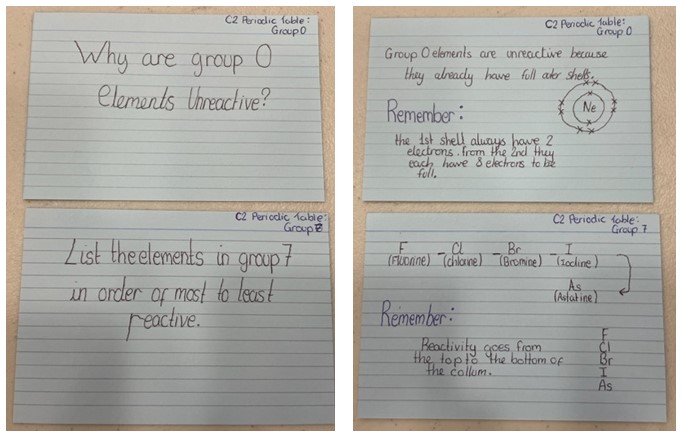
Our sessions this year have also focussed on one other key element of the neuroscience explored in the first part of the blog. In Year 10 we introduce the idea of ‘spaced repetition’ to the students by introducing them to the theory of the forgetting curve. The forgetting curve shows that the rate of forgetting is highest immediately after learning and then levels off over time.
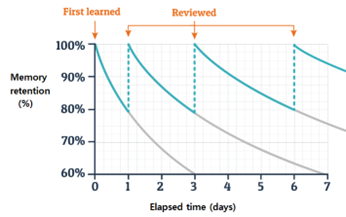
Students can use their cue cards and mind maps for spaced repetition. They can test themselves by trying to recall the answer before flipping the card over or reconfirm all the connections made on their mind map and the dual coding. By revisiting information at increasing intervals over time, students are able to retain information in their long-term memory.
| Strategy | Year group | Notes |
|---|---|---|
|
Spaced repetition |
Introduced in Year 10 (with the Cue Card session) and repeated in the Y11 mind maps session |
Discussions are had about the importance of revisiting work and being methodical about the approach to ensure that all units/topics for a subject are covered. Forgetting curve is shown. This is focused around the model of 20 minute chunks of revision. We discuss the fact that people learning better at the start of a session and remember more at the end. Therefore 3 twenty minutes is better than an hour as there are three starts and three ends. |
The final element of the programme builds in independence; the importance of working with the appropriate resources and that independent study can be self-guided, rather then just completing homework set by teachers.
| Strategy | Year group | Notes |
|---|---|---|
|
Importance of independent learning (not just following teacher set homework). |
Y8 - how to access past plans in itslearning. Y10 – covered again in their cue cards session. |
Students are guided through how to access past plans/topics in their current course and then shown how to access the Y7 archived courses. |
| Y10 – How can I use revision folders, SENECA and MathsWatch for independent study. |
A practical session on computers for using the Revision folders, SENECA and MathsWatch for independent revision rather than just completing homework that is set. |
As we approach the critical exam season, for Year 10 and Year 11, I hope this blog acts as a help to parents in understanding how we promote effective and simple study steps with all students. There is no magic when it comes to revision, but if parents talk these steps through with their children and show a shared understanding of how to study effectively, then the students will feel the support and this goes a long way to getting great habits in place.
